8 lessons the Star Wars franchise needs to learn to survive long into the future
The Star Wars movies need to learn from the past – and the MCU – to continue long into the future
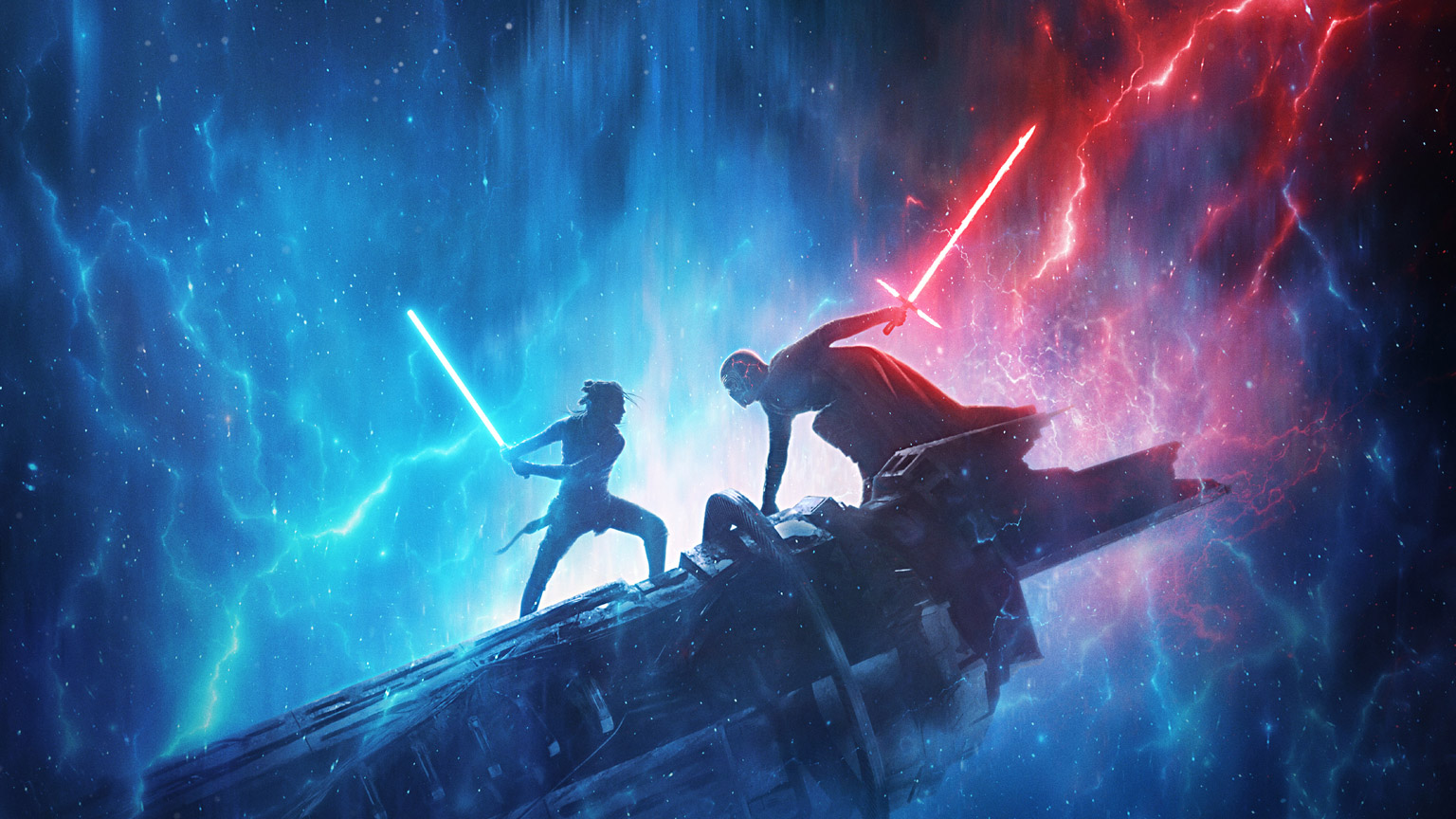
It's the most talked-about hiatus in pop culture since Ross and Rachel went on an alleged break... No, we're not talking about the wait for The Haunting of Bly Manor – we're talking Star Wars!
Disney CEO Bob Iger said earlier this year that the Star Wars movies are being put on hold, with the Disney Plus shows instead offering regular adventures in that galaxy far, far away. Of course, the announcement came as no surprise. While The Force Awakens and Rogue One were crowd-pleasing delights, the critically adored The Last Jedi split audiences and Solo later disappointed at the box-office. And, The Rise of Skywalker... well, perhaps the less said the better.
Meanwhile, The Mandalorian has won over legions of fans, with Simon Pegg – who starred in The Force Awakens – telling GamesRadar+ the series was "more like Star Wars than anything I’ve seen in the last 30 years." Now, if that's not a recommendation, then we don't know what is.
That's not to say the Star War movies are over – in fact, there are projects from Rian Johnson, Kevin Feige, and J.D. Dillard all in development – but there's plenty the upcoming slate of movies (destined to start on the big screen in December 2022) can learn from the mistakes of the sequel trilogy and "Story" spin-offs. And we have a couple of suggestions for LucasFilm…
Come up with a grand plan – then make the movie
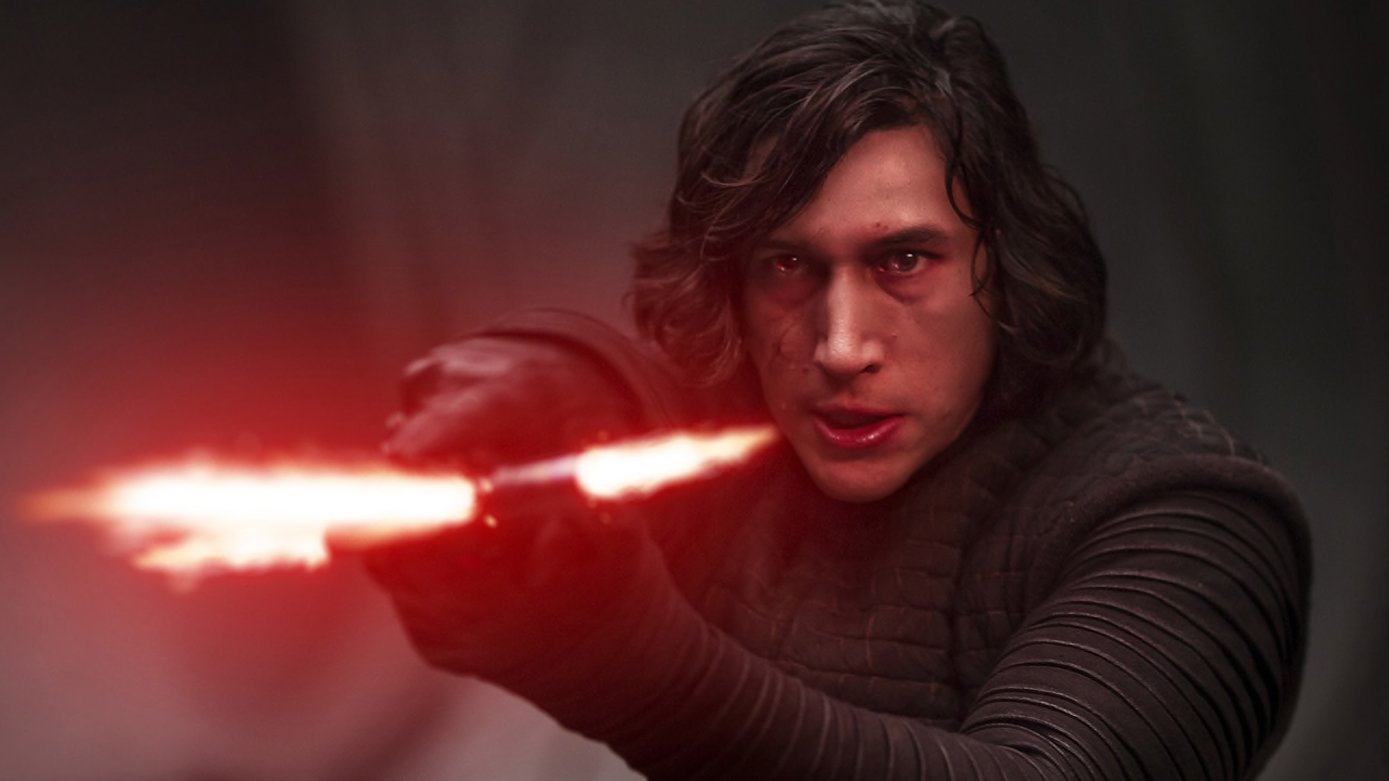
For all the prequel trilogy’s faults, George Lucas knew the general beats of the three movies before he started The Phantom Menace. If only Episodes 7, 8 and 9 shared such a coherent vision…
Now that The Rise of Skywalker has brought the latest trilogy – and with it the nine-movie Skywalker Saga – to an end, it seems a colossal act of folly that Lucasfilm didn’t map out the entire story arc in advance. With The Force Awakens director J.J. Abrams handing the reins to Rian Johnson for The Last Jedi, who then passed them back to Abrams, the saga turned into a multi-million-dollar game of consequences, each director picking up the threads his predecessor left behind. You only had to look at the two filmmakers’ CVs – Abrams the populist storyteller, Johnson the indie darling – to see that their visions of Star Wars were likely to be very different. The most positive spin you can put on it is that it’s an interesting experiment that failed.
The major differences between The Rise of Skywalker and Colin Trevorrow’s (mostly Palpatine-free) leaked Episode 9 treatment only serve to highlight the lack of narrative framework at play. In future, Lucasfilm needs to remember that franchise movies don’t exist in isolation; that there needs to be somebody operating above the individual writers and directors thinking about the bigger storytelling picture. Lucasfilm now needs to use this movie hiatus to assemble a comprehensive road map for future movies – only then should they start thinking about release dates.
Bringing all the latest movie news, features, and reviews to your inbox
Choose the right filmmakers – and hang onto them
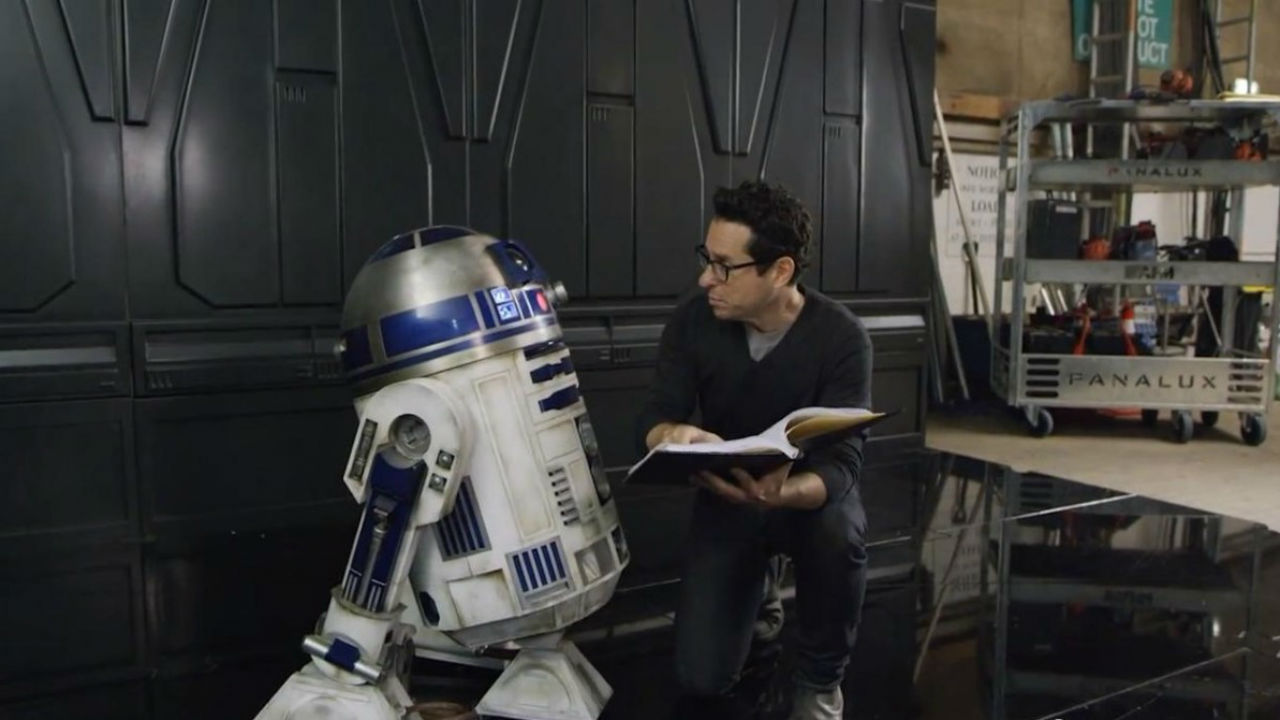
J.J. Abrams and Rian Johnson hold a privileged position in the Disney/Star Wars era – they’re the only directors who’ve managed to shepherd a movie all the way from genesis to premiere. We’ve seen Phil Lord and Christopher Miller replaced by Ron Howard on Solo, Colin Trevorrow making way for Abrams on Episode 9, and – while he remained credited as the sole director – it’s hardly a state secret that Gareth Edwards was sidelined during post-production on Rogue One. Meanwhile, a report in Entertainment Weekly claimed that Josh Trank’s Boba Fett movie was pulled just before it was due to be officially announced at Star Wars Celebration in 2015.
While Lucasfilm hiring hot up-and-comers like Edwards, Johnson, Lord and Miller, and Trevorrow – though they could have done more to look beyond white, male filmmakers – was initially admirable, it’s damning that so many have fallen by the wayside. Few movies can prepare you for a franchise as big as Star Wars, but surely more due diligence could have taken place to make sure they were the right fit.
It’s not unusual for blockbusters to change directors, of course, but even by Hollywood standards, Lucasfilm’s rate of churn is exceptional. The question is: is it because Lucasfilm is hiring the wrong directors, or because they’ve had issues collaborating with them? Either way, it’s a problem the company needs to fix.
“Let the past die, kill it if you have to”
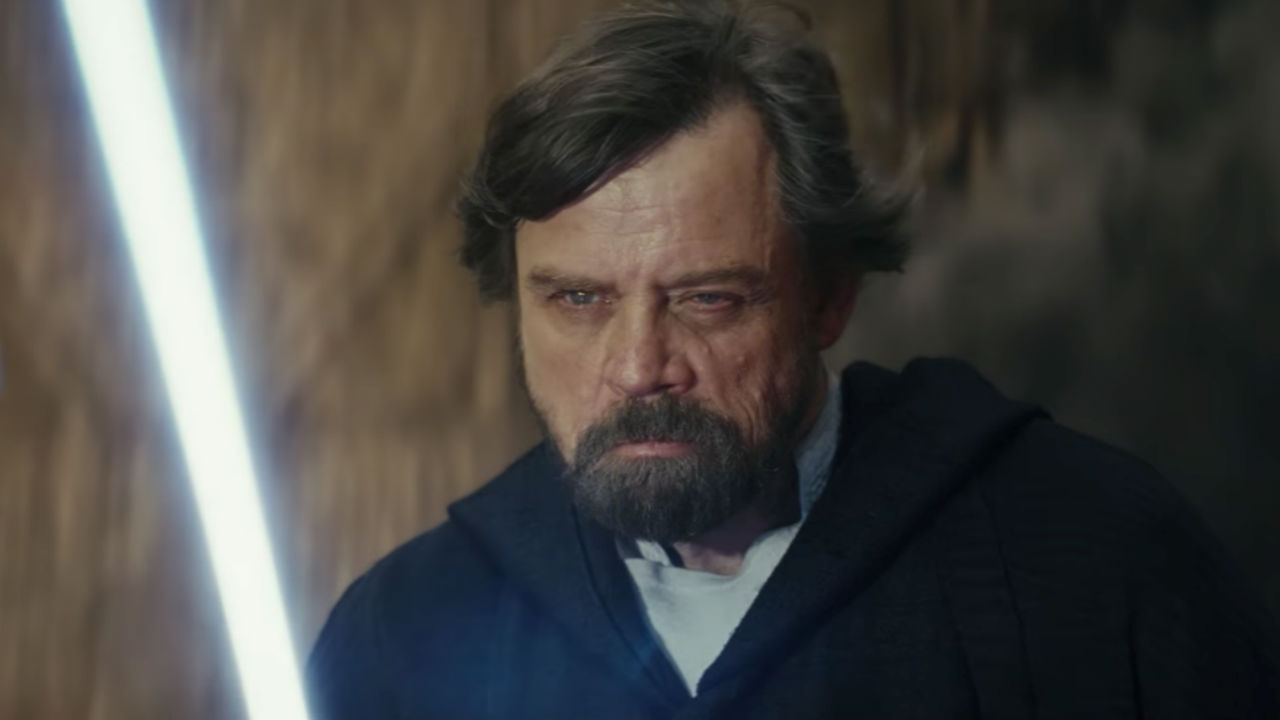
The Force Awakens was essentially a retread of A New Hope, yet it was exactly the right movie to bring Star Wars back into our orbit – a warm, fuzzy nostalgia trip that reminded us why we fell in love with that galaxy far, far away in the first place. Since then, however, Star Wars movies have – The Last Jedi aside – missed a trick by erring on the safe side. Indeed, when Johnson’s movie did attempt to shake things up by offing Supreme Leader Snoke, making Kylo Ren the Big Bad, and revealing that Rey’s parents were “nobody”, The Rise of Skywalker effectively retconned everything to take the saga back to more familiar ground.
From now on, Kylo Ren’s “Let the past die, kill it if you have to” mantra should also apply to Star Wars, because history needs to stop repeating itself. There doesn’t have to be some sinister mastermind pulling the strings. Not every story needs a mythic chosen one. And ideally, no future Star Wars story will end with an against-the-odds space fighter attack on a planet-killing weapon. We’ve seen it all before.
Explore new areas – and new characters
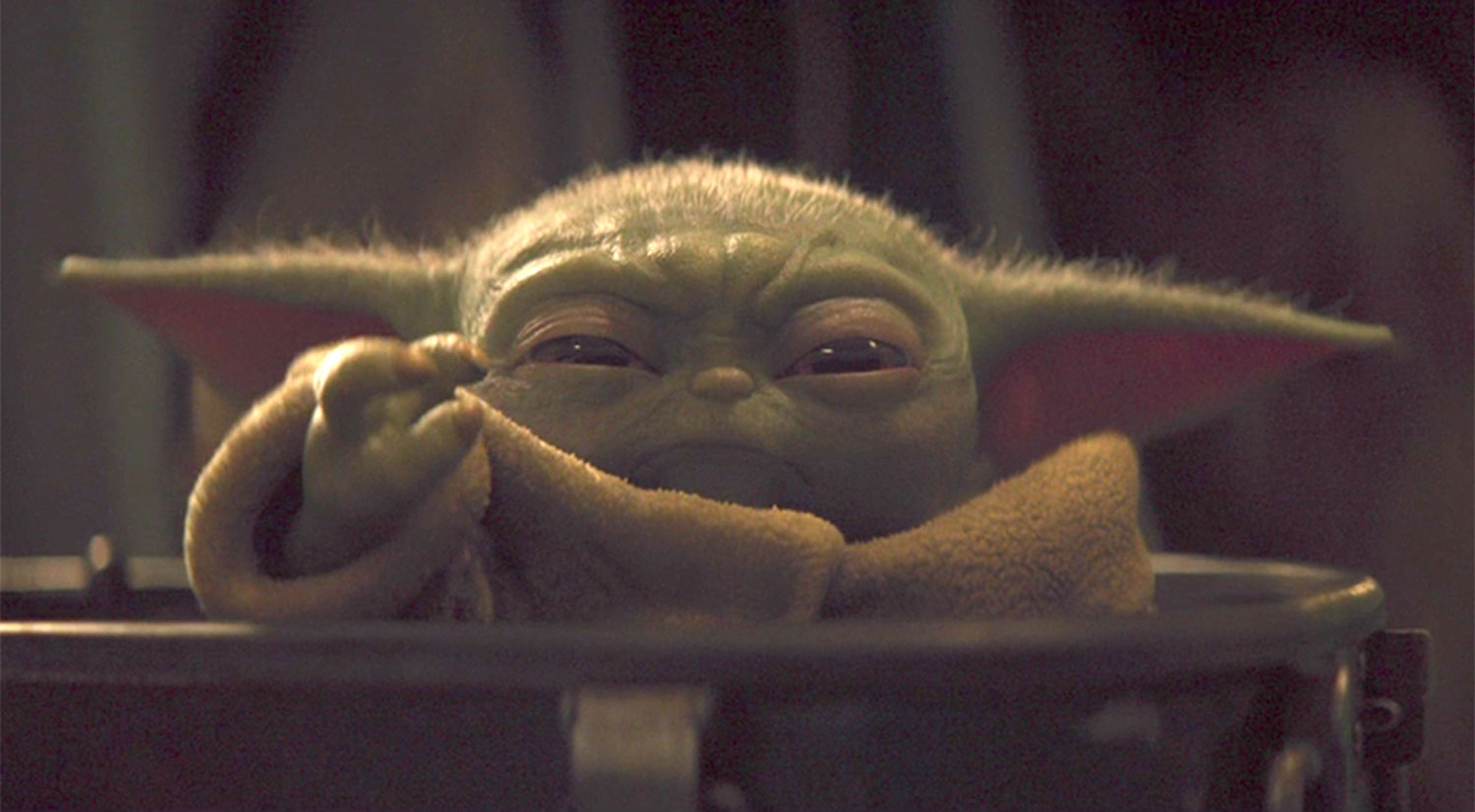
Every Star Wars movie and TV show so far has been set within the remarkably brief 80-year period between The Phantom Menace and The Rise of Skywalker. Considering Star Wars has an entire galaxy to play around with – and that things must have happened before and after those bookends – doesn’t that seem a tad limiting? Just think about all the stories we’re missing out on…
It’s time for the franchise to break free of the era defined by Skywalkers and Palpatines – to explore new worlds and times in the vast universe George Lucas created. Lucasfilm seems to be working on the assumption that audiences are only interested in watching if they have familiar characters to latch onto. But the enduring appeal of Star Wars is as much about its unique mix of cool spaceships, space Western aesthetic and magic, as Han Solo, Luke Skywalker, Princess Leia and the rest.
Surely a Game of Thrones-like TV show set in the distant past of the Knights of the Old Republic games is a more interesting proposition than Han Solo’s origin story, telling you everything about the iconic smuggler you didn’t need – or want – to know? The High Republic, a book series which will take place 300 years before The Phantom Menace, has been announced – and could very well be a ripe period to set a movie.
Let's lose the trilogy

George Lucas’s original story conveniently fit across three movies, but that doesn’t mean every epic Star Wars tale needs to follow a similar format. Sure, the idea of a trilogy of trilogies had a neat symmetry, but maybe the story of Kylo Ren and Rey would have played out better over four or five movies – The Rise of Skywalker would certainly have felt less rushed.
For its next saga, Disney/Lucasfilm should look at 2-, 4- or 5-film arcs, just to shake things up – a fact Lucasfilm boss Kathleen Kennedy acknowledged in an interview with the LA Times. “I think it gives us a more open-ended view of storytelling and doesn’t lock us into this three-act structure,” she said. “We’re not going to have some finite number and fit it into a box. We’re really going to let the story dictate that.”
And while Solo underperformed at the box office, that’s no reason to ditch the standalone movies – they’re the perfect opportunity to try something new. A Die Hard-style siege movie, perhaps, or even – why not? – a comedy. It’s a big galaxy. And, don’t forget, Thor: Ragnarok worked for Marvel.
Make Star Wars movies events again!
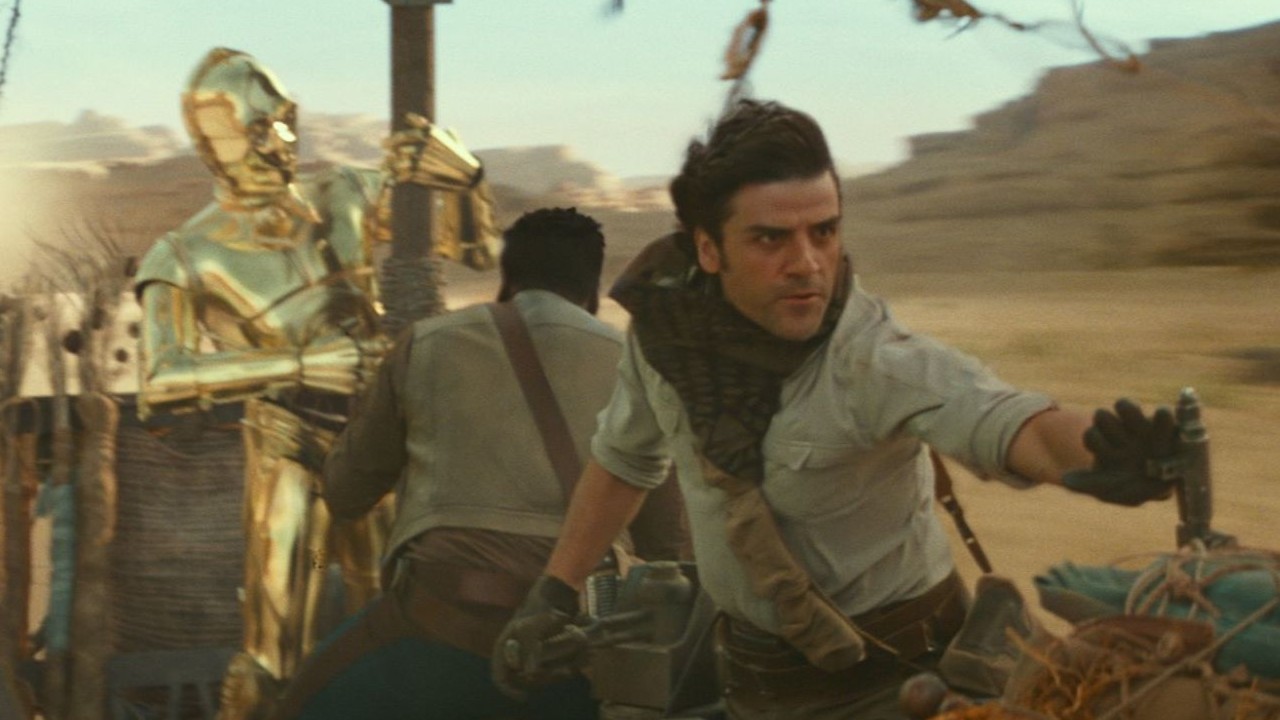
Since December 2015, there have been five new Star Wars films. Before that, there had only been six live-action Star Wars movies in the whole of history. That’s quite an imbalance, so it’s no surprise that a yearly cinematic visit to that galaxy far, far away has caused franchise fatigue to set in. Even Disney CEO Bob Iger admitted, “I just think that we might've put a little bit too much in the marketplace too fast.”
Star Wars needs to slow down the releases and make sure that each new movie becomes a special occasion, as The Force Awakens was when it landed. We should be looking forward to Star Wars months in advance. John Williams’ famous fanfare should still have the ability to make the hairs on the back of your neck stand to attention. Luckily, this hiatus couldn’t have come at a better time to rekindle the fire.
Accept TV will play a big part in Star Wars' future
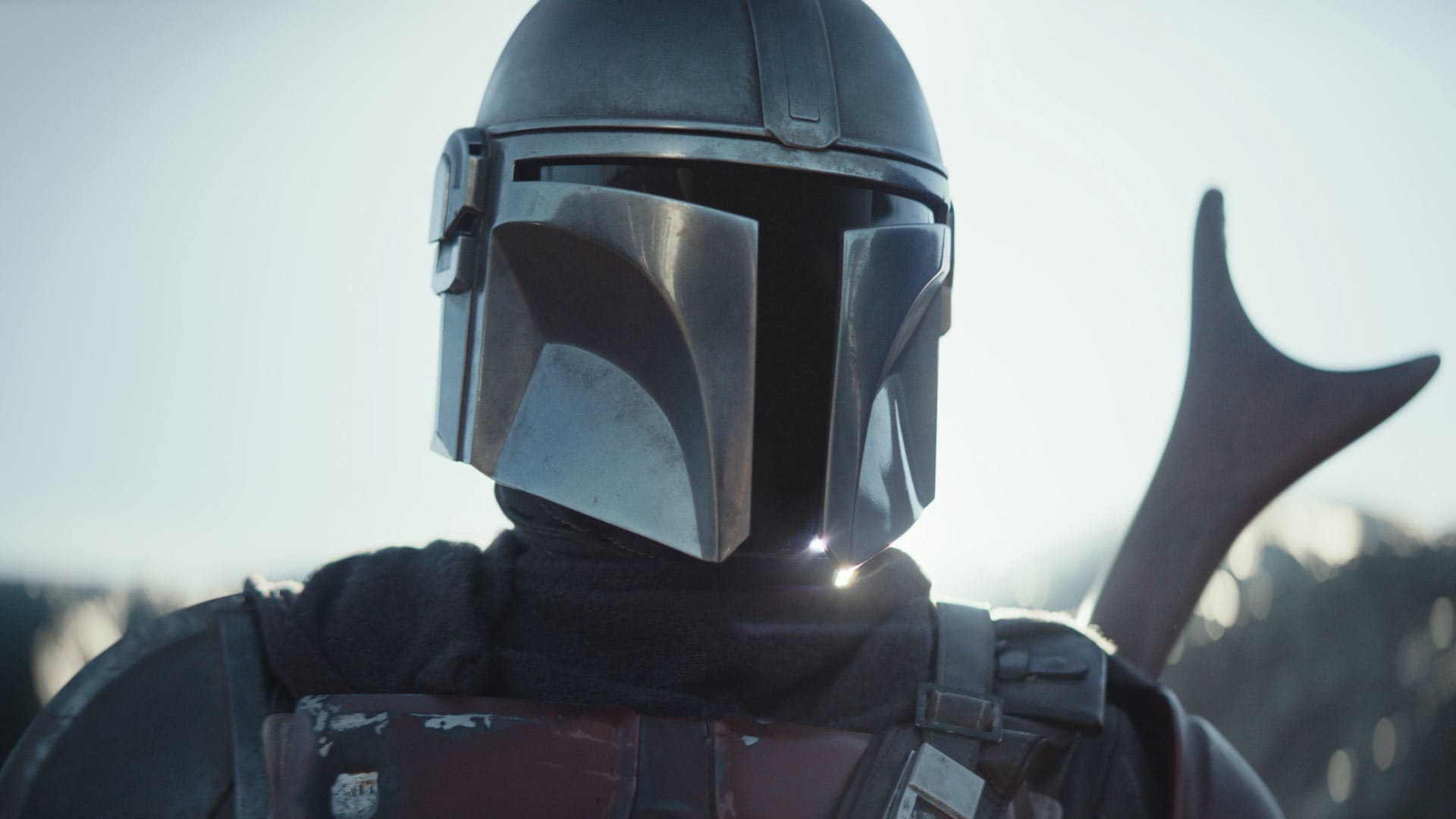
Star Wars is one of the biggest movie franchises of all time, but the big screen doesn’t have to remain its natural home forever – especially now that the likes of Game of Thrones have proved that TV can look just as good as cinema.
Iger has already stated that, “The priority for Star Wars in the short-term is going to be… television for Disney Plus,” and over the next few years, The Mandalorian season 2, along with the new Cassian Andor and Obi-Wan Kenobi prequel shows, will be the biggest things coming out of the Star Wars universe.
The Mandalorian is arguably the most universally loved release of the Disney Star Wars era, and it – like animated shows The Clone Wars and Rebels – has already shown the advantages of long-form storytelling in a universe as rich with lore as Star Wars’. TV is a geek’s medium, and long-running shows deliver deep dives in ways movies can only dream of.
The age of the audience is also important. Alongside Rogue One, the slow-moving, Western-tinged Mandalorian is the most grown-up entry in Star Wars’ screen canon – and adult viewers are key to the future of the franchise. They’re the ones who have the deepest, almost spiritual connection to the franchise, in a way that kids who’ve grown up on a diet of the MCU perhaps never will. Giving them a regular dose of Star Wars streamed onto their TV screen could just be the best way to keep the franchise alive.
Learn from the MCU – but don't try and be the MCU
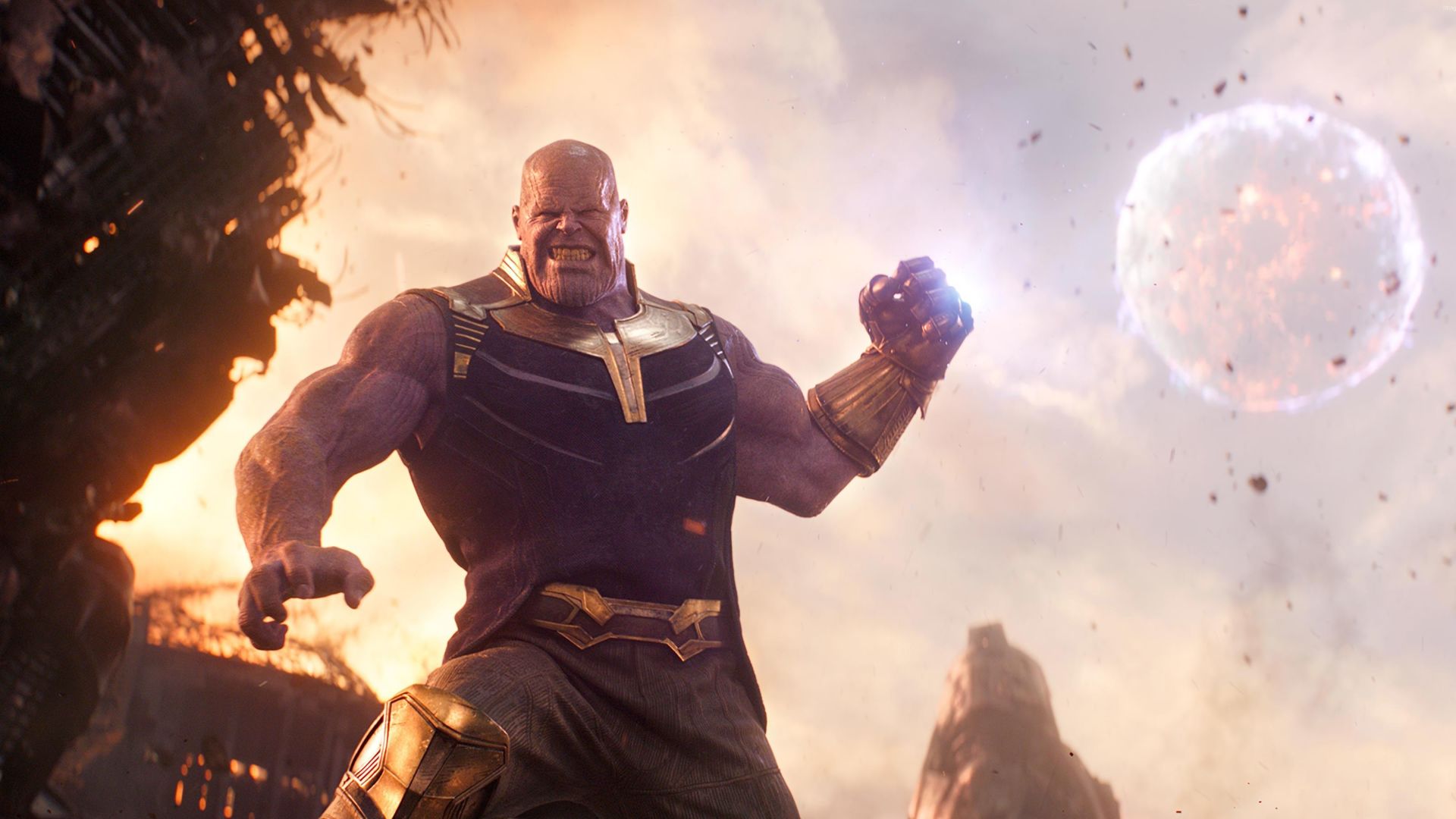
Marvel and Star Wars are both a part of the Disney family, so it’s safe to assume that Lucasfilm has Marvel Studios boss Kevin Feige on speed dial – and he’s even been linked with a future Star Wars movie. It’s something of a mystery, then, that Star Wars hasn’t learned more from the MCU when it comes to managing a gigantic, shared universe, and pulling loads of disparate stories into one big narrative. Marvel had an all-encompassing plan for 22 movies, while Lucasfilm struggled with three. A few lessons from Feige and co about forward planning certainly wouldn’t go amiss.
And yet, for all that the MCU has become the gold standard for blockbuster filmmaking, the worst thing the Star Wars universe could do is try to be a carbon copy of the MCU. It exists in a huge fictional galaxy, so not every story needs to feed into one big narrative – events on one planet could have precisely zero effect on what happens elsewhere. And we don’t need to know the backstory of every single character – some people just arrive fully formed, as Han Solo did in A New Hope.
Star Wars remains the greatest, most beloved pop culture phenomenon in history. It just needs a few tweaks to ensure it stays that way.
Relive the Skywalker Saga with our guide on how to watch the Star Wars movies in order
Richard is a freelancer journalist and editor, and was once a physicist. Rich is the former editor of SFX Magazine, but has since gone freelance, writing for websites and publications including GamesRadar+, SFX, Total Film, and more. He also co-hosts the podcast, Robby the Robot's Waiting, which is focused on sci-fi and fantasy.


